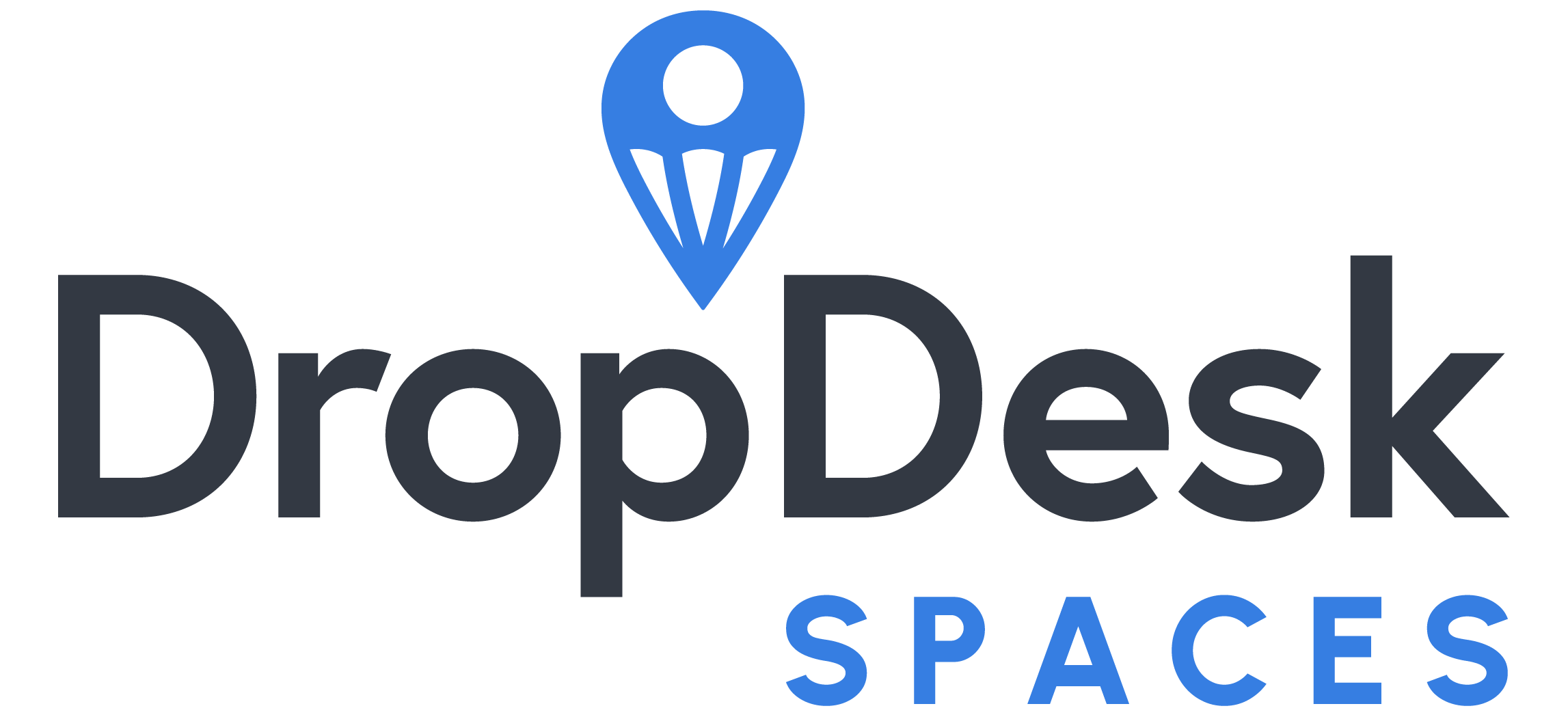In this article, we will cover what a coworking space is, how coworking space models can differ, what are some primary starting costs, and lastly actionable insight on how you can achieve maximum profitability.
What Is A Coworking Space?
A coworking space is a workspace that operates usually at a commercial property (as of 2019 can be located in other innovative locations but more on this later). These workspaces provide flexible, all-inclusive memberships, to remote workers and businesses. Due to this increased flexibility and new opportunities to network, coworking spaces appeal to a large demographic of users from freelancers to fortune 500 companies.
It’s important to note that not all coworking spaces are created equal. Many coworking models greatly differ from one another. For instance, a shared office or shared office space usually synonymous with the term “coworking” can greatly differ from an open space concept.
Article Contents
Coworking Model: The Foundation For Profit
Do all coworking spaces offer similar membership? Nope. Below, we break down the three most popular space layouts below:
Open Space Coworking
This model (as it says in the name, duh) mainly offers open desks, lounges, and the occasional conference room for members who need to have privacy. Memberships are offered for specific access to the shared areas, with the option to purchase a dedicated desk to store your belongings in case you don’t like playing musical chairs.
Coworking & Office Space
Not all members can work in open space. Usually, companies that have strict rules like Hippa, financial or legal regulations cannot use the open coworking model. The coworking and office model allows these customers access to their own dedicated lockable space.
Shared Office
For this article, I am making the differentiation that a shared office space, unlike the traditional open space coworking model, consists of 90% dedicated lockable offices with one smaller open common area. This model is more like a typical office that caters to smaller companies who want a suite. It is important to outline these coworking model differentiators, as usually coworking is thrown into a general group (which is usually a mistake). Based on which model you prefer, there is usually a large financial impact on your bottom line. For example, choosing to create your own coworking and office space could have much higher costs for your floorplan fit-out, due to fire code regulations (the need for sprinklers, smoke detectors, and lines in each dedicated room).
What Are The Costs Involved In Opening A Coworking Space?
The startup costs associated with opening a coworking space business are manageable if you plan accordingly. The primary costs include:
- Leasing or the purchase of real-estate
- Architectural fees required for zoning, coworking floor plan designs, and materials for aesthetics
- A typical coworking space requires a $100-$150 per sqft fit-out.
- Furniture such as office chairs, desks, and
- Technology, software, and security.
- Staff salaries
- Insurance.
- Inventory such as coffee, printers, paper, etc.
Based on an 8,000-15,000 sq ft space, the average cost to get started could range from $800,000-$3,000,000.
Is There A Way To Cut Coworking Space Costs?
In order to help with your bottom line consider some of the following:
- Start your model with a smaller space footprint.
- Less dedicated rooms could mean lower costs of fit-out (less construction and code regulations).
- Negotiate with a private insurance provider for your commercial property.
- Negotiate with your LandLord, if leasing for a grace period on rent to get your space up and running.
Now on to the exciting things!
How Do Coworking Spaces Make Money?
Below you can find the primary ways coworking spaces typically make money.
Membership Fees
The most obvious form of revenue for workspaces comes from the flexible memberships users sign up for in order to use your space. These packages as outlined above can range from private offices to open space memberships. According to DeskMag, “Coworking spaces earn the majority of their revenue, unsurprisingly, by renting out desks (61%)”.
Renting Amenities Like Conference Rooms and Equipment
Your membership fees account for a majority of your revenue but do not overlook the ability to upsell members who require more resources. For example, including conference room “credits” in higher packages is a great way to have premium customers. Choose a coworking software that can handle custom packages, billing, and tracking amenity use are great ways to increase your profit margin.
On-Demand Coworking
Not all users want to lock themselves into membership. Offering on-demand use is a popular way coworking spaces can hedge risk by catering to a different unique community of professionals. This all sounds great!
But as of 2017, only 40% of coworking spaces were profitable. Recently WeWorks S1 and IPO crash it appears neither were they. So if WeWork is having trouble turning profits, should you start a coworking space?
Should I Start A Coworking Space?
Another quote from our friends’ at DeskMag: “But can we realistically describe coworking as “successful ” when only 40% of spaces are currently profitable? The answer is yes – when you take into account some simple factors. Especially time: 72% of coworking spaces become profitable after two years in operation. If they are privately run, the rate is even higher.” The factor we have yet to consider and probably the most essential one is time. If you are looking for a quick profit with little effort coworking is probably not for you. It takes usually 12-18 months to start seeing the benefit of your work (sometimes longer) and you need to make sure you’ve covered the main elements of every successful coworking business. If you have the passion to build a community, offer competitive amenities, and have a well-thought-out model designed to hedge your risk, then you can make a good amount of money.
How Can I Increase My Coworking Profits?
Aside from cutting costs and other obvious tactics, we have listed some alternative ways you can increase your coworking spaces profit.
Monetize Space Not In Use
Do you know how much vacant space you have on an average day? Whether it is empty desks, offices, or other opportunity costs you should not overlook the impact this can make on your bottom line. For example, if your space can accommodate 40 members and on average you have 20 people at your space daily, you have the opportunity to optimize your 50% unused space.
There are platforms that operate like Airbnb for coworking spaces. By listing your workspace with these platforms, you can increase your visibility and accept bookings from users that do not know of your space.
Not sure where to list? Check out our comprehensive guide on where to list your space or rent a desk for the day.
Advertise Local Businesses
If you have a website or software, consider offering membership to local businesses in exchange for promotion to your community of professionals. This is an easy way to increase your revenue by 1,000+/mo. without changing a thing.
Technology
As we covered in the coworking costs section, a lot of the costs associated with running a workspace are due to the real estate, fit-out, and staffing of a location. Since coworking is essentially leasing arbitrage how can you get around this? A new innovative model is to extend your brand by leveraging space partners.
For example, if you operate a coworking space in manhattan a great way to expand your brand would be to partner with retail, coffee shops and other spaces that can be converted into pop-up coworking spaces. This allows you to sell your membership in other areas and expand locations without the need for staffing or fit-out. If your model allows these hosts to make recurring revenue from little work or change to their primary business, they will be more than happy to partner up.





